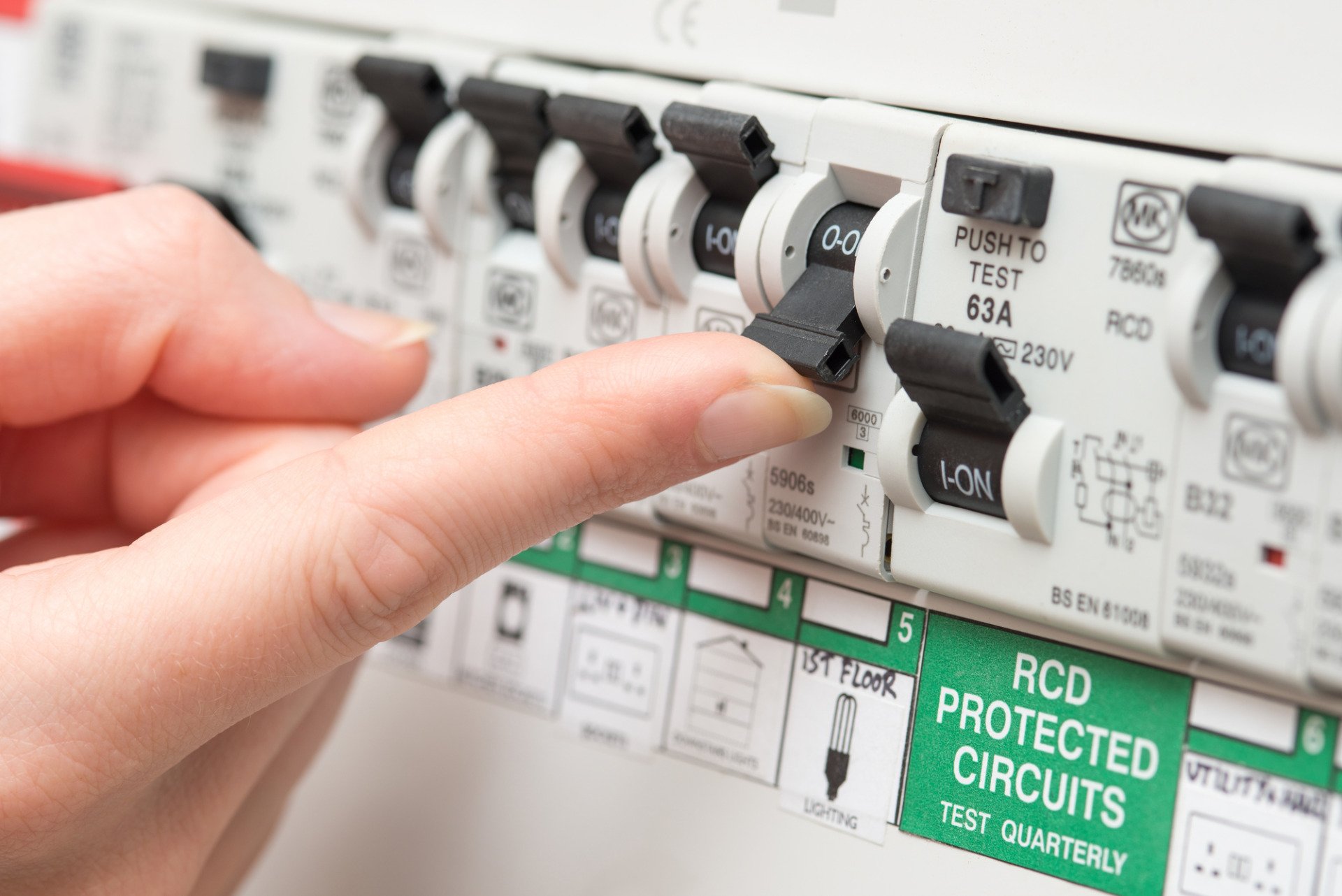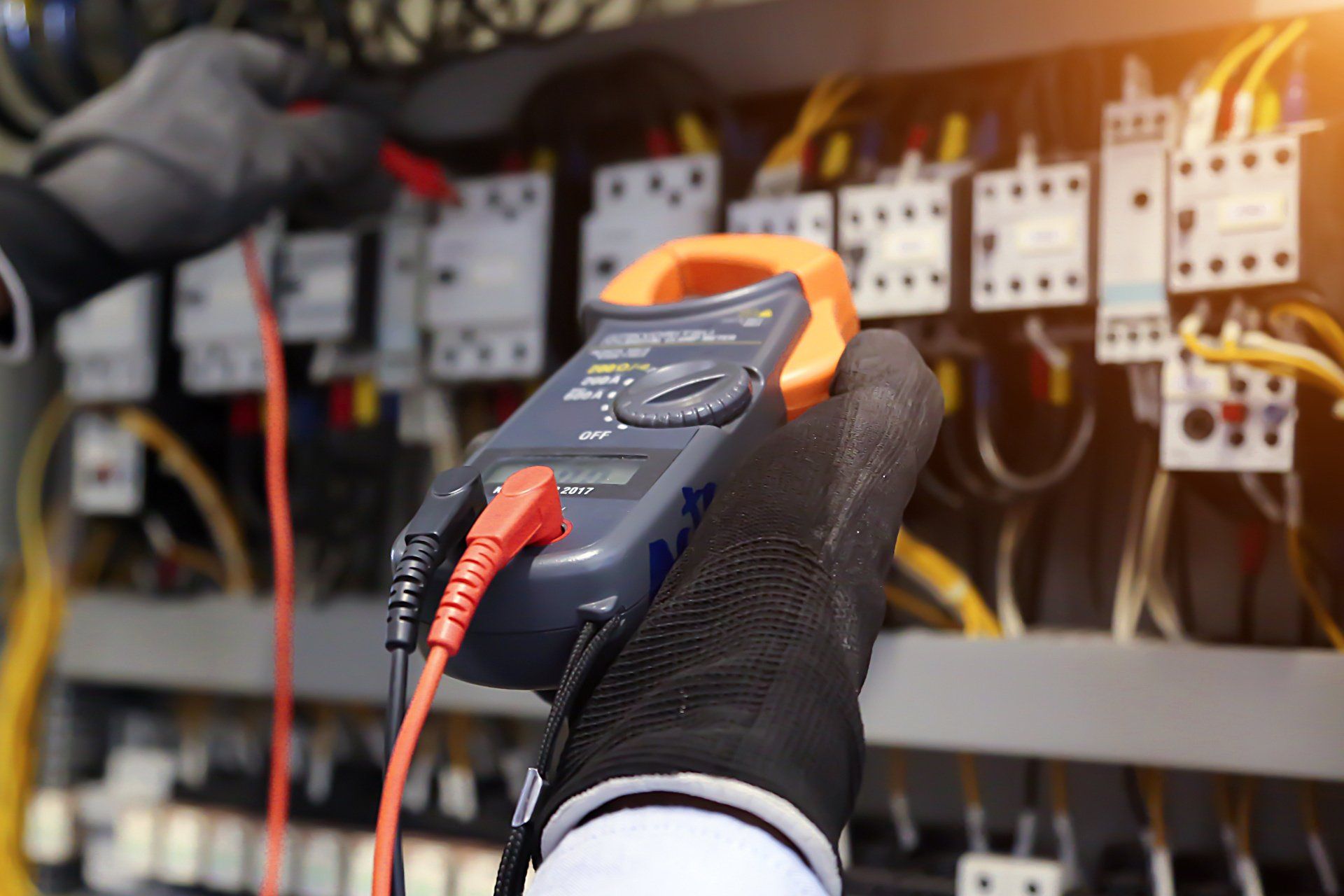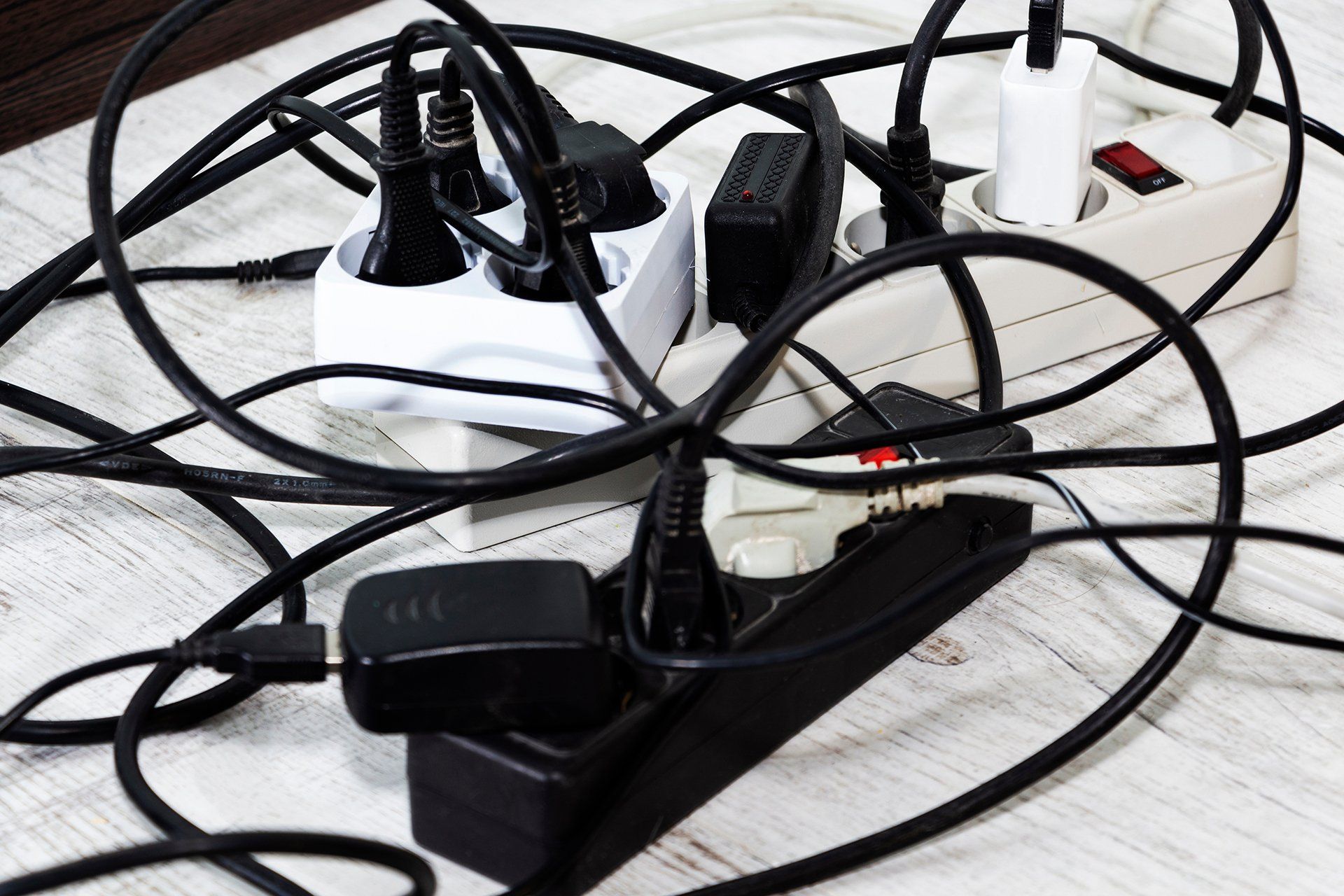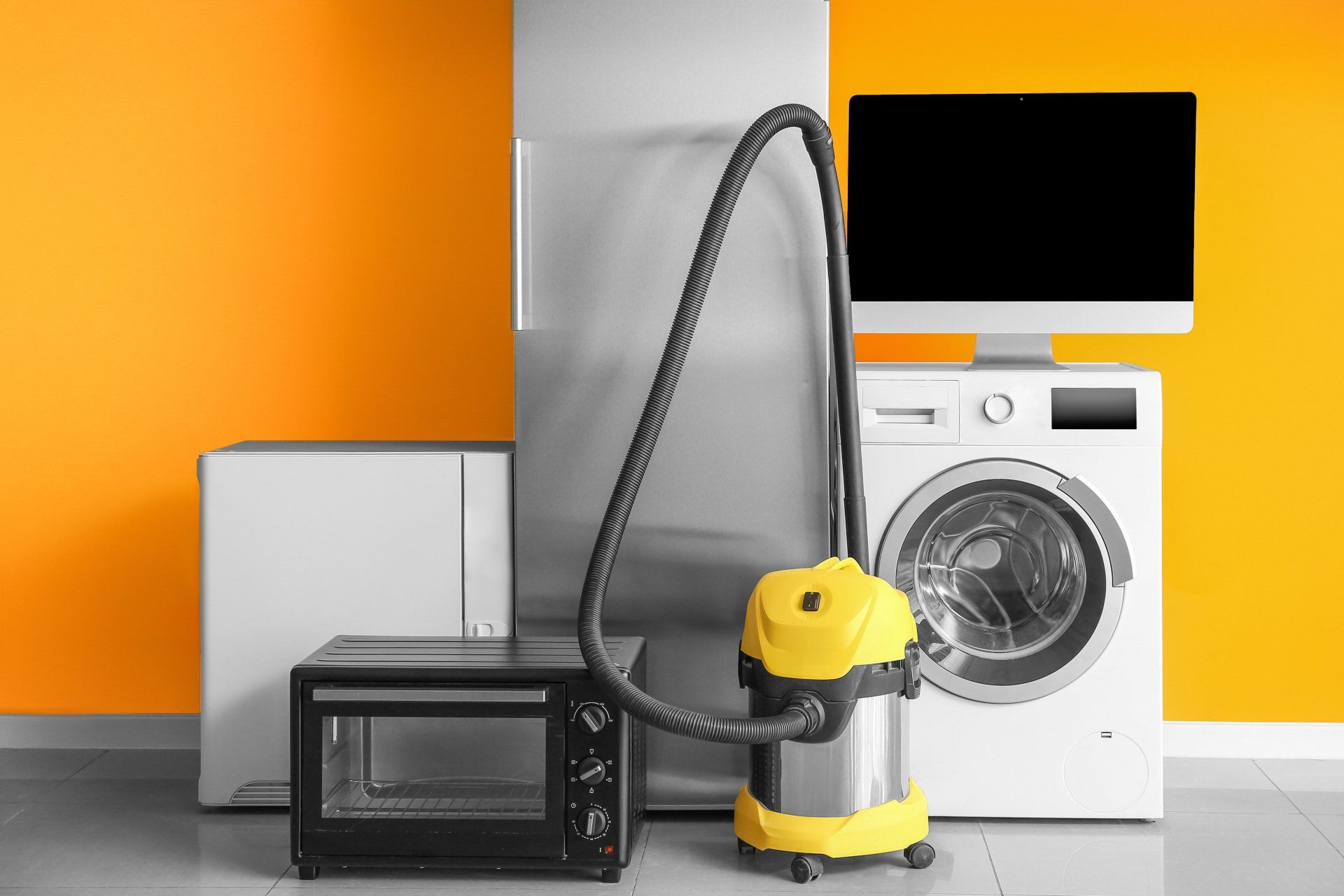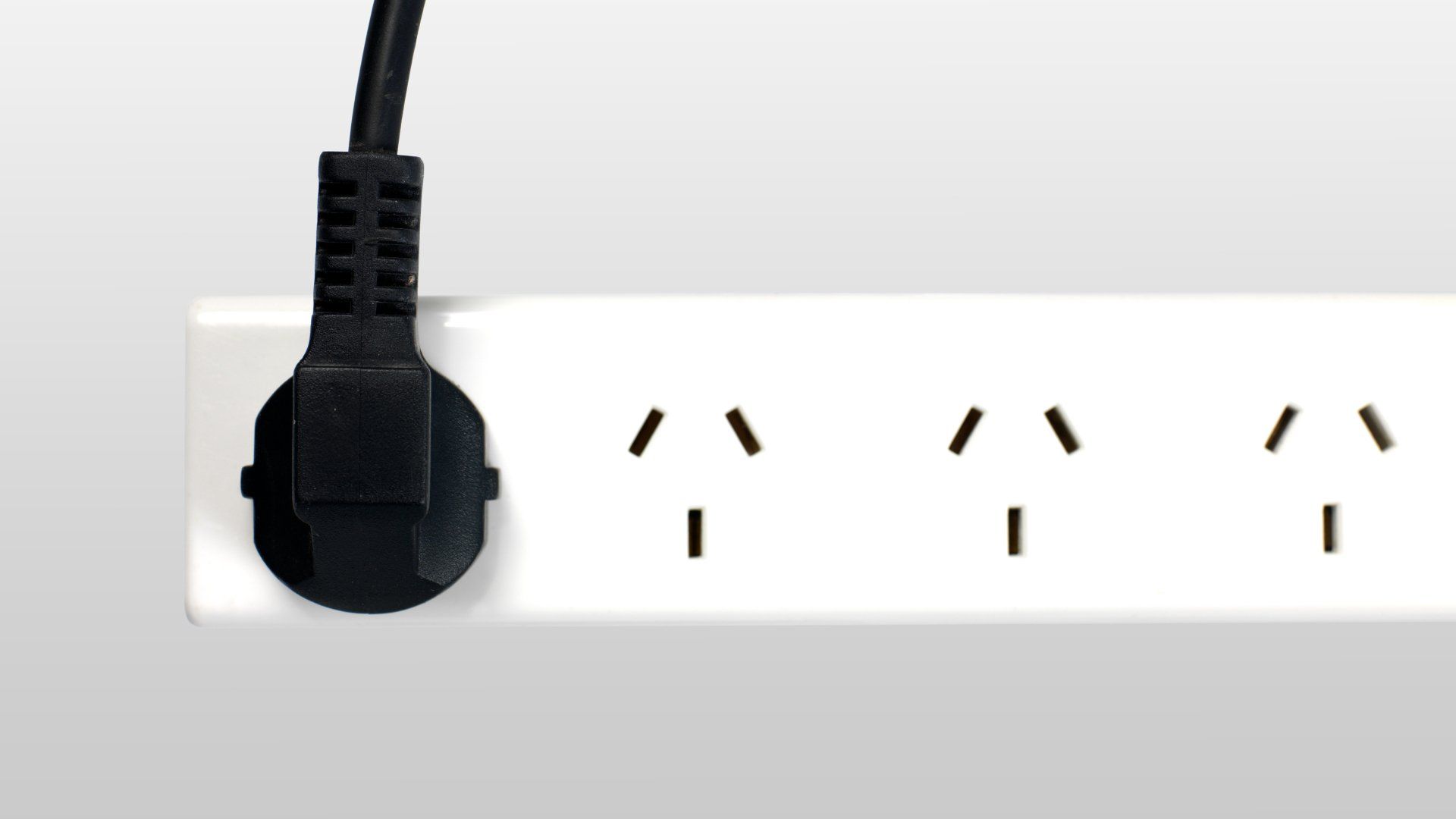Microwave Oven Radiation Leakage: Why It Matters and How to Avoid It
Microwave ovens are used in homes and other establishments to heat food quickly. These devices operate by sending electromagnetic waves through water molecules. When these waves hit the water molecules, they cause them to vibrate rapidly, which in turn causes them to heat up. Microwave ovens are now standard in many commercial kitchens, as they can reduce heating time significantly while also increasing sanitation by preventing cross-contamination of germs on utensils or hands.
However, there is a downside. Although microwave ovens are widely considered safe when used correctly, they do emit microwave leakage radiation under certain conditions; especially after frequent use over a long period of time. This article will explain what this means and how you can reduce any potential risk if you’re using a microwave regularly at home or work and why you should have microwave leakage testing.
How Do Microwave Ovens Work?
Microwave ovens work by using microwaves to cook food. Microwaves are a type of electromagnetic radiation, which means they are made up of electric and magnetic fields. These fields oscillate at a very high frequency, and when they come into contact with water molecules, they cause the molecules to vibrate. This vibration produces heat, which cooks the food.
While microwave ovens are a convenient way to cook food, there is some concern about the safety of these devices. One of the main concerns is that microwave ovens can leak radiation.
What Is Microwave Radiation Leakage?
Radiation leakage from a microwave oven is an uncontrolled release of electromagnetic energy. This can occur when the door to the oven is damaged or not sealing properly, if there’s damage to the oven cavity itself, or if the magnets that generate the microwaves are weakening.
When these waves escape, they are no longer confined to the oven space and can come into contact with people or objects in close proximity. In most cases, the amount of radiation leaked is minimal and poses no serious health risks. However, in some cases, excessive exposure to microwave radiation can lead to negative health effects such as:
- headaches
- dizziness
- nausea
- poor appetite
- fatigue
- skin irritation
- burning sensations
- cataracts
- cancer
So, it’s important to be aware of the potential risks and take steps to avoid excessive exposure.
Avoiding Excessive Exposure to Radiation from Microwave Leakage
There are a few things you can do to reduce your exposure to radiation from microwave leakage:
- Follow the manufacturer’s instructions for use. These manuals provide important recommendations for operation procedures and safety precautions.
- Use a microwave oven with a door that seals properly. If there’s any damage to the microwave door or seal, get it repaired or replaced.
- Don’t stand too close to the oven when it’s in use. The further away you are, the less electromagnetic radiation you will be exposed to.
- Don’t use the oven if it’s damaged. If there’s any damage to the oven cavity or magnets, don’t use it until it’s been repaired by a qualified technician.
- Don’t allow children to stand close to the oven when it’s in use. Children are more sensitive to radiation than adults and can be more susceptible to negative health effects.
- Don’t use the oven if you’re pregnant. Although the risks are low, there is a potential for harmful effects on the developing fetus. If you must use the oven, keep your exposure to a minimum.
- Use microwave-safe cookware. Some types of cookware, such as metal pans, can cause microwaves to leak out of the oven. Use only microwave-safe cookware in your oven.
Microwave radiation leakage is a potential health hazard that should be taken seriously. By following these simple tips, you can reduce your exposure and protect yourself and your family.
AS/NZS 3760:2010
AS/NZS 3760 is an Australian and New Zealand Standard that provides guidance on the safety of electrical equipment. It includes requirements for the selection, installation and maintenance of electrical appliances.
Its main goal is to make sure workplaces are safe by giving recommendations on how to test 240V, 3 phase, and low voltage electrical equipment like microwaves. If the equipment is not safe and causes an accident, both the employer and the person who provided it may be held liable.
In addition, AS/NZ 3760:2010 sets forth the qualifications a person must have to be considered qualified to conduct microwave testing.
| Read More about Electrical Safety Standards in NSW
Qualified Person to Test and Tag
To test and tag a microwave oven in accordance with AS/NZS 3760, the tester must be a "competent person."
In order to be considered qualified, the tester must:
- Understand how to use testing equipment properly
- Have an understanding of the standards and methods used for testing
- Be able to interpret the results of the tests
- Be familiar with the appliance being tested
The tester must also have completed a course that covers the requirements of AS/NZS 3760 and been issued with a certificate of currency that is current.
Get Tested Now
If you need to have your microwave oven tested and tagged, contact a qualified testing company like ElectroTechnics. We can send a qualified tester to your location to conduct the tests and provide you with a certificate of compliance.
We also offer a wide range of other test and tag services, including safety switch testing, plug and cord repair, and more. Contact us today to learn more about our services or to schedule a test.
-
Book Your Safety Today
I hope you enjoy reading this blog post.
ElectroTechnics ensures workplace safety by offering electrical testing and tagging and RCD trip time measurements across Greater Sydney, Wollongong and Shellharbour Region.
I hope you enjoy reading this blog post.
ElectroTechnics ensures workplace safety by offering electrical testing and tagging and RCD trip time measurements across Greater Sydney, Wollongong and Shellharbour Region.
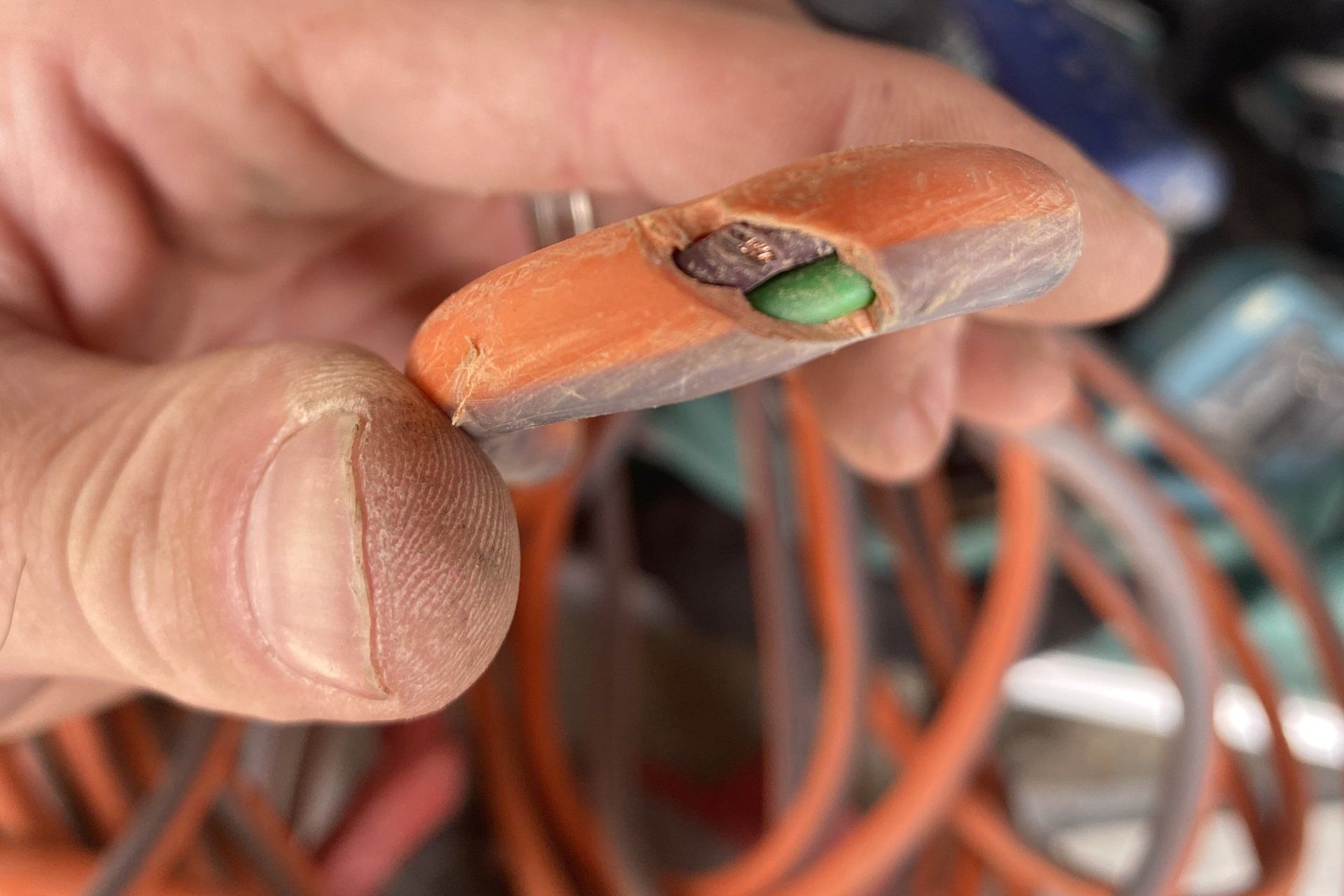

ElectroTechnics Test and Tag is your premium contact for all workplace electrical testing and tagging and RCD trip time measurements.
Browse Our Website
Contact Information
Phone: 02 4063 1452
Serving Greater Sydney, Wollongong and Shellharbour Region.
Locations
Mon-Fri 08:00 AM - 05:30 PM


